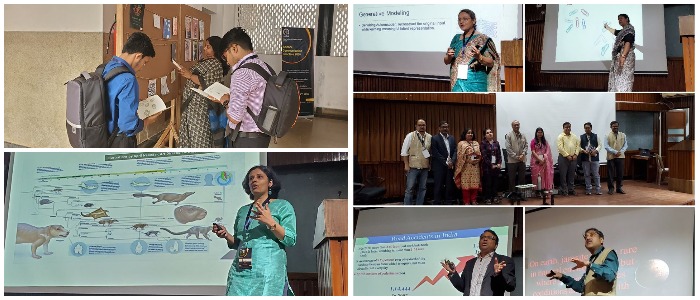
Public health concerns
‘Herd immunity’, a much discussed issue now the world over, and ‘R-naught’ (R0) – both the terms came up during a discussion on public health by Prof. Sangeeta Bhattacharya of the School of Medical Science and Technology, IIT Kharagpur. Prof. Bhattacharya, a double board certified physician in the US and Associate Faculty at Johns Hopkins School of Public Health, Baltimore, was talking on the importance of the coverage of public health during the recent Science Communication Conclave organized at IIT Kharagpur (Feb 28-29). The conclave sought to facilitate better communication between the scientific community and journalists. During her talk at…

